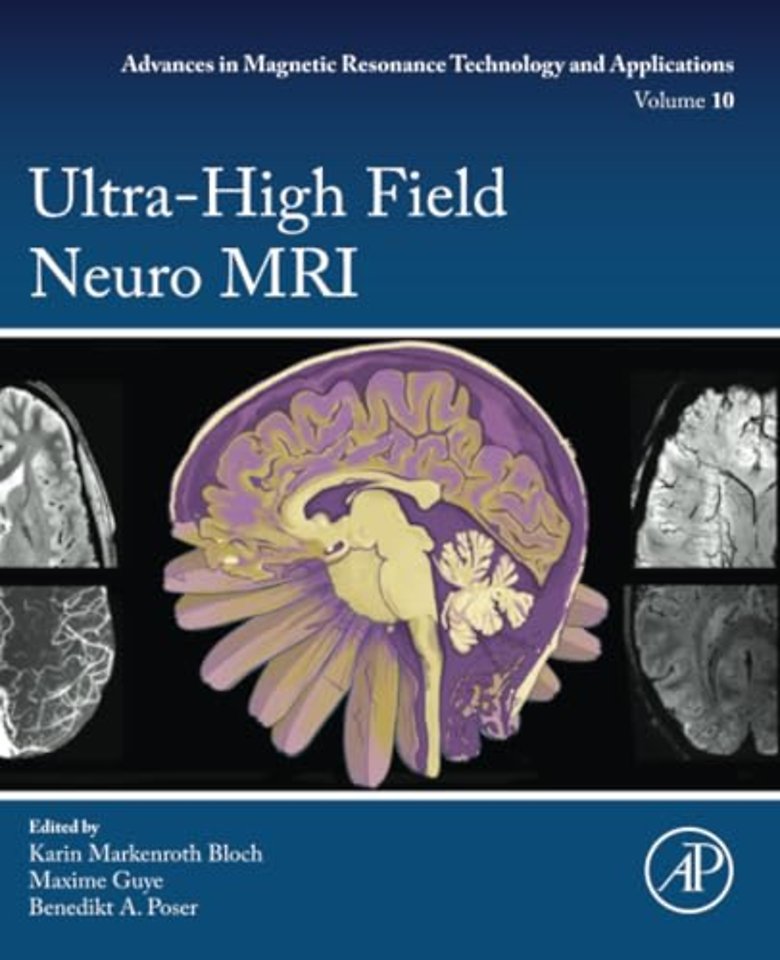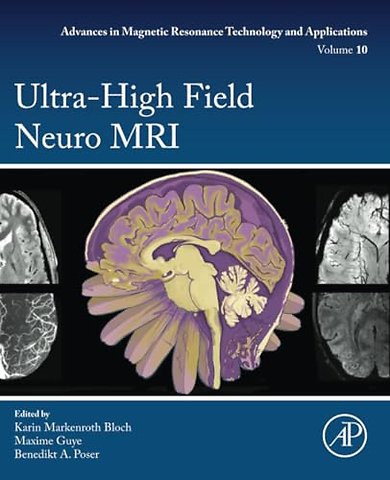<p>Part 1: Benefits of Ultra-High Field<br>1. The way back and ahead: MR physics at Ultra-High Field<br>2. Translating UHF advances to lower field strength</p> <p>Part 2: Acquisition at Ultra-High Field: practical considerations<br>3. Practical solutions to practical constraints: Making things work at ultra-high field<br>4. Practical considerations on ultra-high field safety<br>5. Bioeffects, patience experience and occupational safety</p> <p>Part 3: Ultra-High Field Challenges and Technical Solutions<br>6. B0 inhomogeneity: Causes and coping strategies<br>7. B1 inhomogeneity: Physics background, RF pulse design and parallel transmission<br>8. RF coils for ultra-high field neuroimaging<br>9. Parallel imaging and reconstruction techniques<br>10. Motion correction</p> <p>Part 4: Ultra-high field Structural Imaging: Techniques for neuroanatomy<br>11. High-resolution T1-weighted and T2-weighted anatomical imaging<br>12. Brain segmentation at ultra-high field: challenges, opportunities and unmet needs<br>13. Phase imaging: Susceptibility-weighted imaging and Quantitative Susceptibility Mapping<br>14. Quantitative MRI and multi-parametric mapping</p> <p>Part 5: Ultra-high field Structural Imaging: Zooming in on the brain<br>15. Cerebellar imaging<br>16. Ultra-high field imaging of the medial temporal lobe<br>17. Imaging of the deep gray matter<br>18. Brain stem imaging<br>19. Spinal Cord Imaging</p> <p>Part 6: Diffusion and Perfusion imaging at Ultra-High Field<br>20. Diffusion weighted magnetic resonance at ultra-high field<br>21. Ultra-high Field Brain Perfusion MRI</p> <p>Part 7: Ultra-High Field Functional Imaging<br>22. BOLD fMRI: physiology and acquisition strategies<br>23. Sequences and contrasts for non-BOLD fMRI<br>24. Laminar and columnar imaging at UHF: considerations for mesoscopic scale imaging with fMRI<br>25. The power of gray-matter optimized fMRI at UHF for cognitive neuroscience</p> <p>Part 8: Techniques for Ultra-High Field Metabolic Imaging and Spectroscopy<br>26. MR Spectroscopy and spectroscopic imaging<br>27. Imaging with X-nuclei<br>28. Chemical Exchange Saturation Transfer MRI in the human brain at ultra-high fields</p> <p>Part 9: Benefits of Ultra-High Field in Clinical Applications<br>29. Epilepsy<br>30. Multiple sclerosis<br>31. Neurovascular diseases<br>32. Neurodegenerative diseases<br>33. Parkinson’s disease and Parkinson-plus syndromes<br>34. Alzheimer's disease and ageing<br>35. Oncological applications<br>36. Psychiatric applications at UHF</p> <p>Part 10: New Horizons<br>37. Human MR at extremely high field strengths</p>

